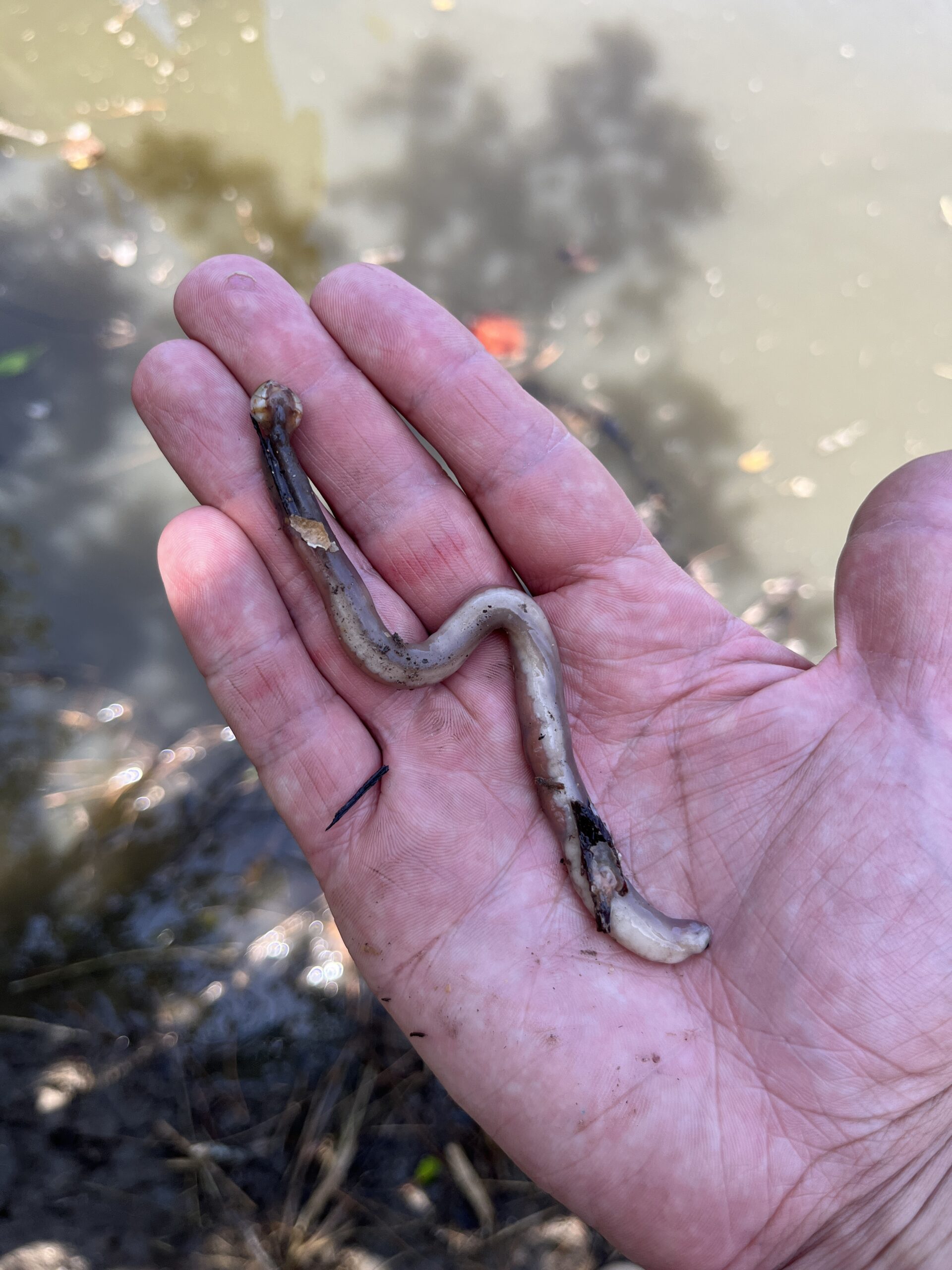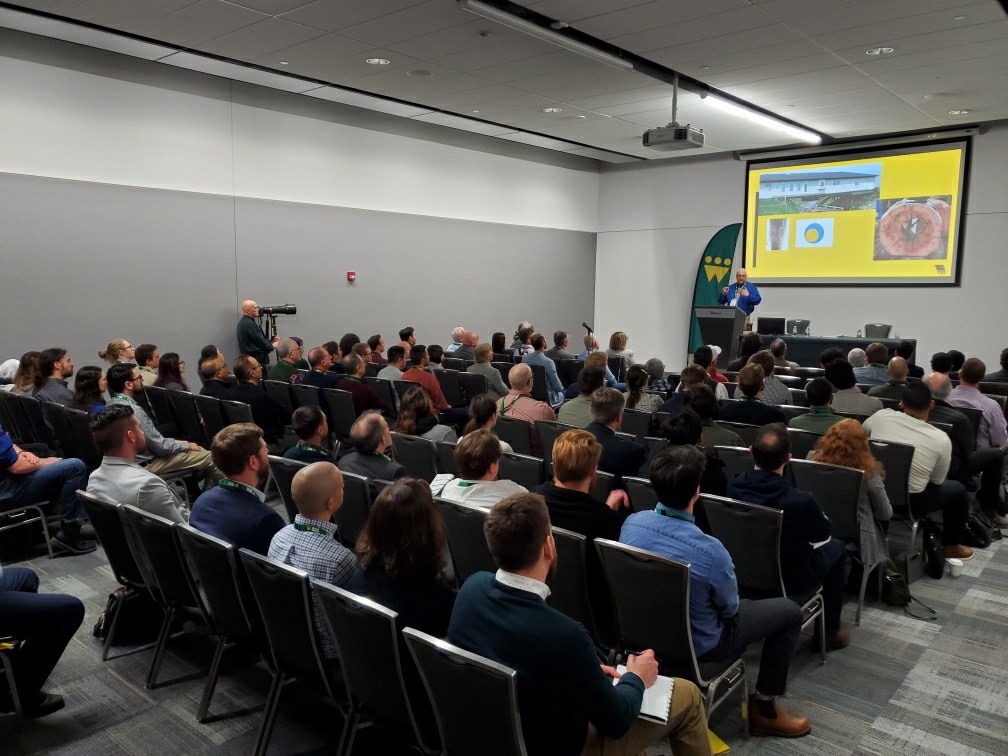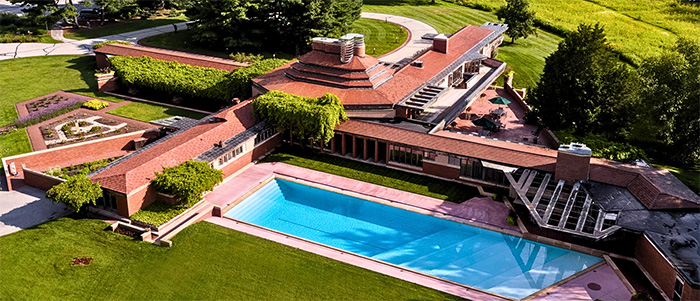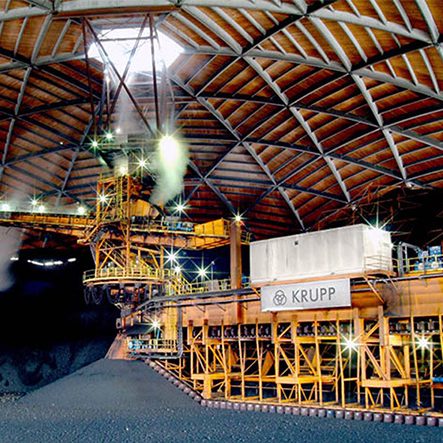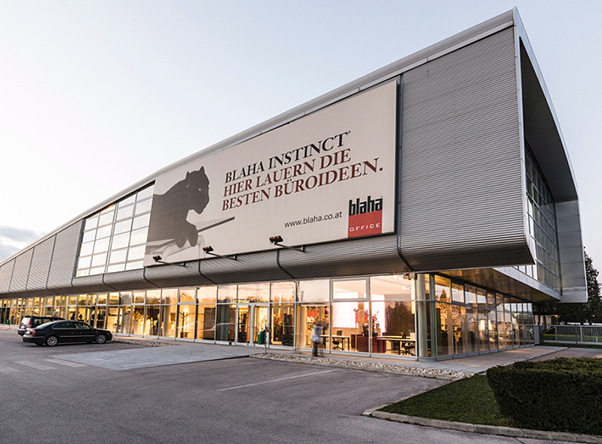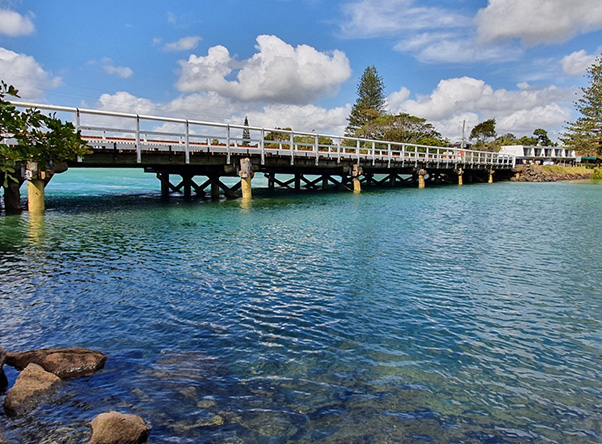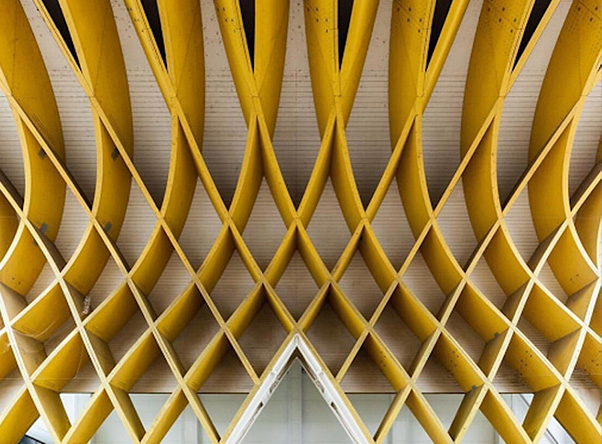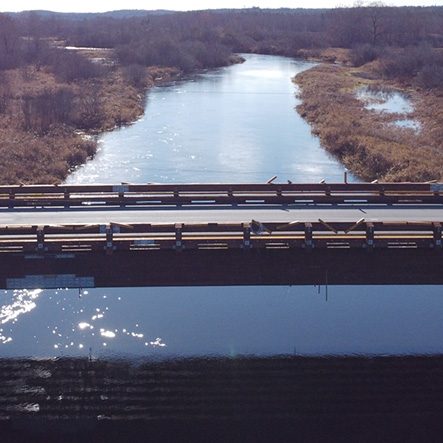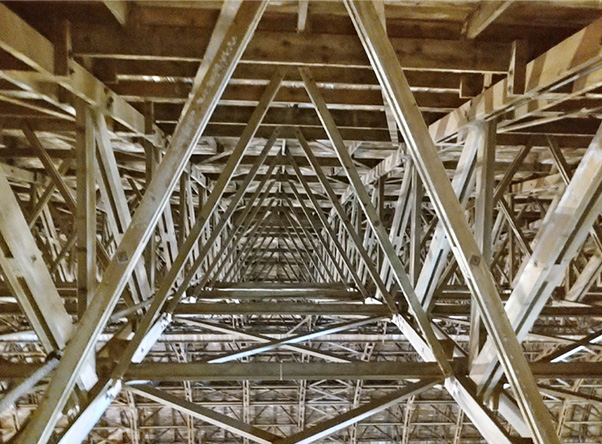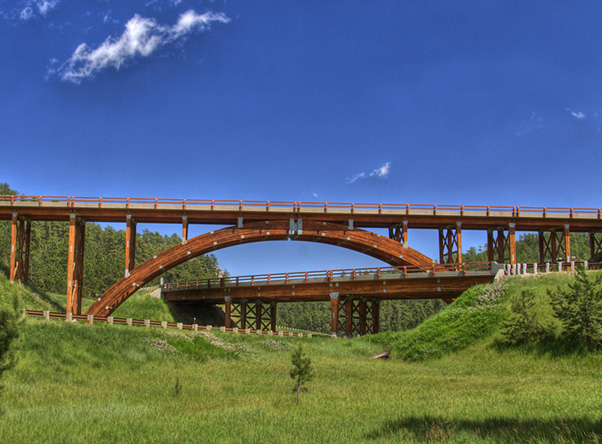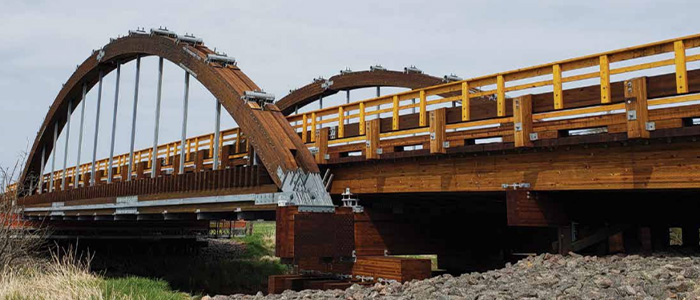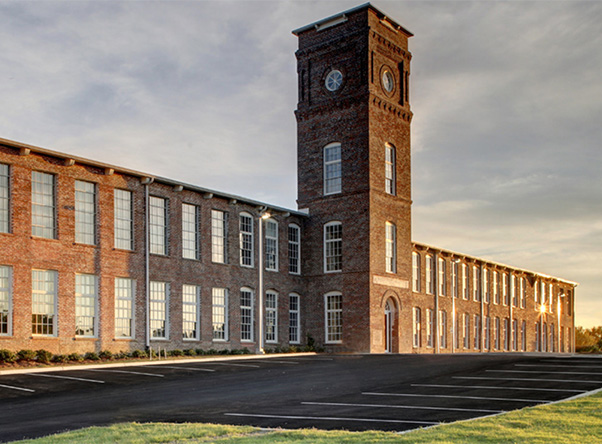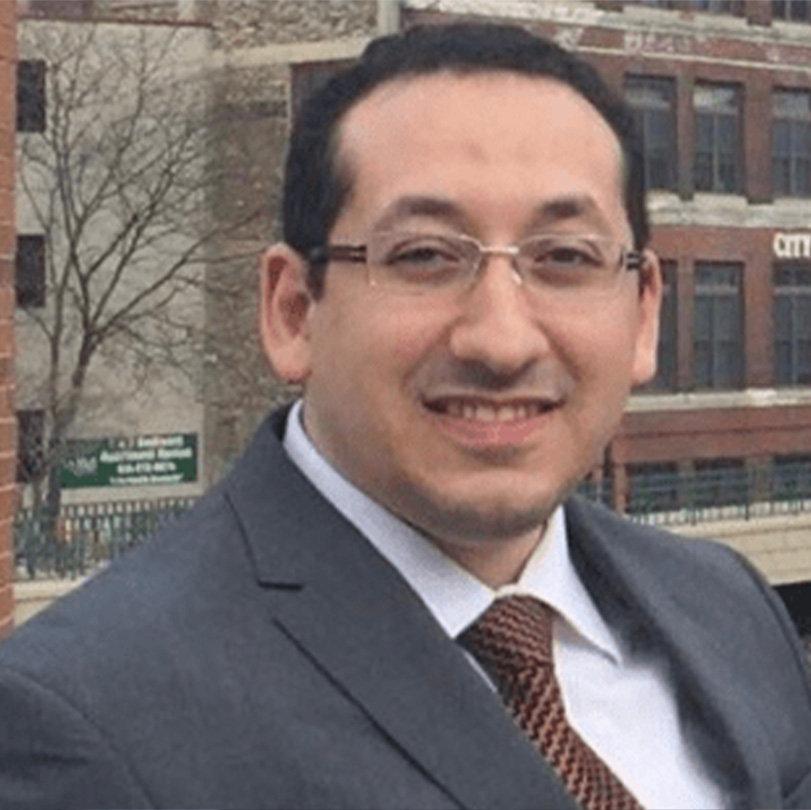The timber bridge has been a cornerstone of transportation and commerce for centuries, providing an essential infrastructure to link communities. But over time, wear and tear can take its toll on any structure. That is why timber bridge maintenance and timber bridge repair schedules are important to keep up with. Over time, like all bridges timber bridges experience wear and tear from usage, and sometimes abuse from their users. This results in the bridge beginning to weaken and eventually breaking down. Thankfully, there are ways to repair these aging bridges so that they can continue to serve us. In this blog, we’ll discuss the process of creating a repair and restoration plan for timber bridge repair, exploring the step-by-step project management and techniques and materials used to restore these essential links.
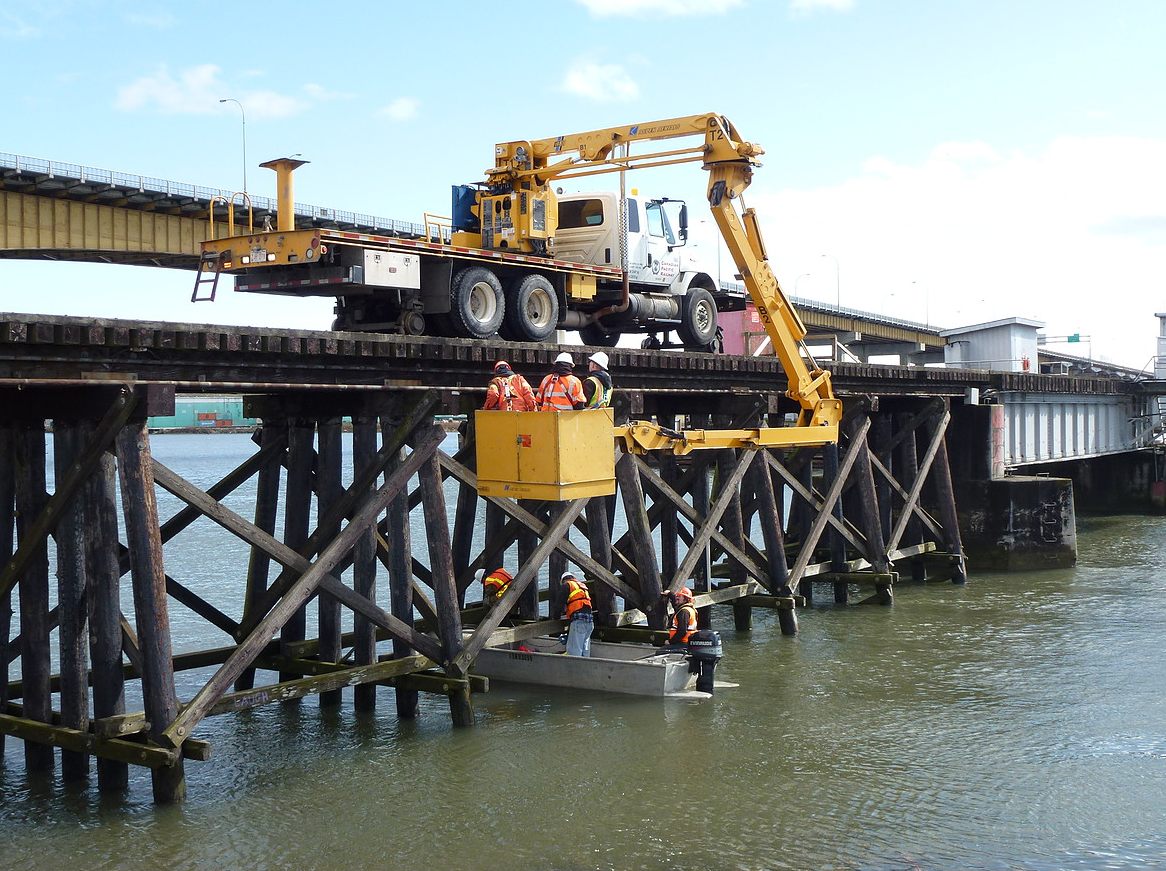
1. Inspecting the Bridge
The first step is to inspect the bridge to determine, the issues the timber bridge is experiencing, and what areas causing it to underperform or that are experiencing failure or issues. Though it’s the first step, it’s the most critical to creating a maintenance and repair plan. Identifying the true condition and threats your timber bridge is experiencing. An initial visual inspection can do wonders for surface-level condition views, but the facts are within each pile, member, and element in the structure. Things to consider here are the testing, and inspection methods that are utilized to help give you a clear picture of where your bridge stands.
Once you’ve identified potential problem areas from your visual inspection, we need to assess the extent of the damage that the bridge has undergone. This will help you understand your structure, and develop a plan for repairing the bridge and will also give you an idea of how much work will be involved. Credentials are an important aspect for the firm that is selected to execute the inspection; which is why we’ve pursued to earn and maintain the highest level of standards as an inspecting and lab testing facility for timber over the last 30 years. Our IAS-accredited lab, non-destructive testing methods, are a winning combination when it comes to timber bridge inspections. There are other accrediting bodies, but we chose the IAS accreditation because it is highly renowned and known for its high standards and auditing requirements.
2. Understanding the Issue
The next step in the creation of your timber bridge repair, or maintenance schedule is to assess and understand the inspection report and data sets from the inspection. This is why it’s critical to select a consultant engineering firm and inspection firm that will provide clear and precise data represented in its reports and what the data tells you regarding the issues your bridge is facing. Understanding the issue that you are dealing with is critical to heading into the next step of the process.
There are a variety of different issues that can cause timber bridges to become damaged or underperforming, and it is important to identify the specific issue that you are dealing with to repair it properly. This is why it is often best to hire an engineering firm that specializes in timber bridge repair and maintenance. They can provide detailed information on your structure as well as advice and guidance on the right methods to address any issue or damage that you find.
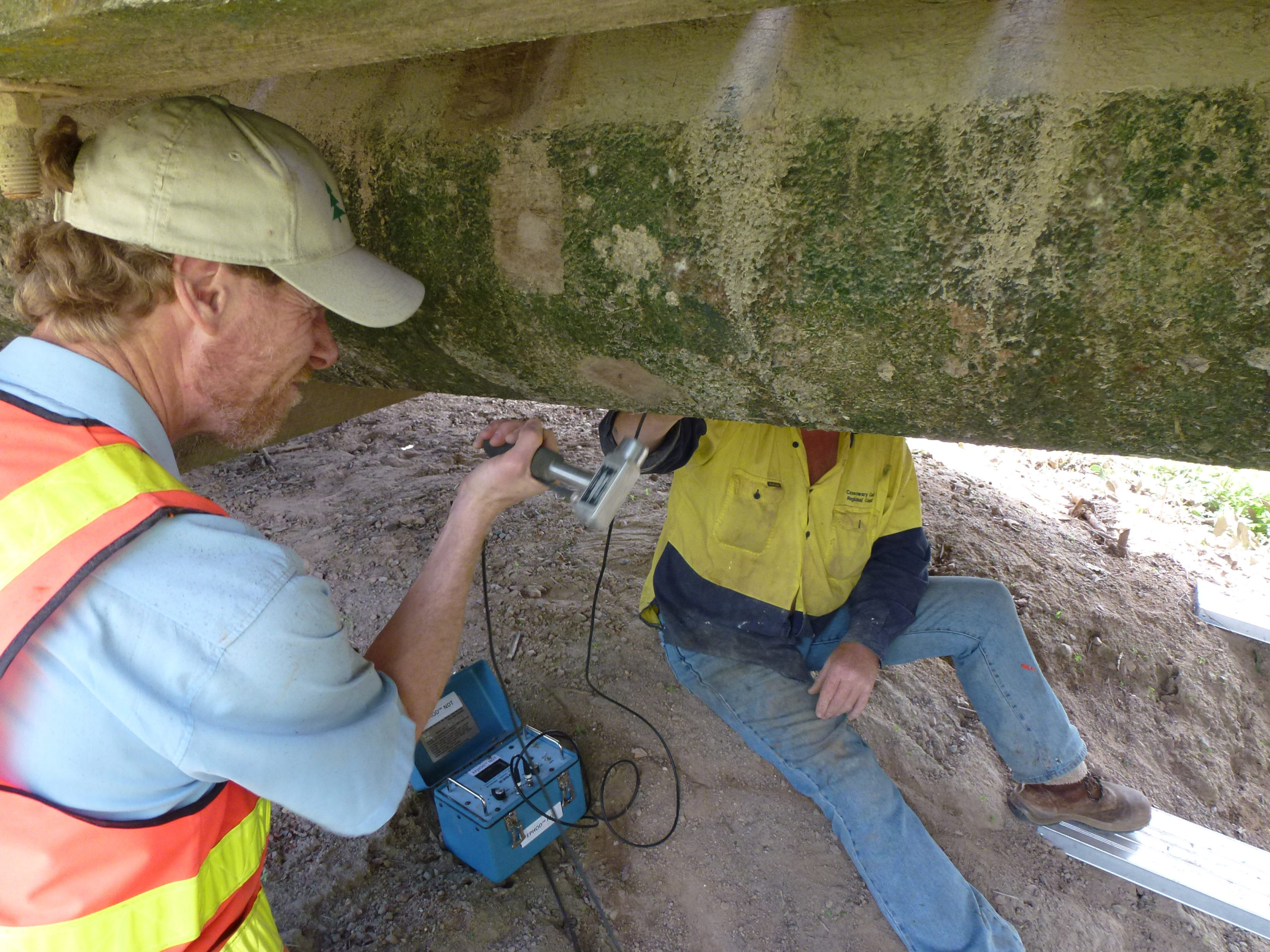
3. Developing a Plan
After you have thoroughly read over the timber inspected the bridge, and identified the issues your timber bridge is facing, the next step is to develop a plan for repairing it. This is where the firm you select for your inspection is critical because an experienced and trustworthy firm will provide in-depth analysis along with their data to where it’s summarized and easy for you to understand along with providing repair recommendations if you ask for them.
Any firm that turns a report back to you as a finished report and provides lots of readings from tests and data collected but doesn’t provide a detailed analysis for you is one you should avoid. Just like bridges and buildings, not all engineering firms are built equally. Some firms will provide shotty or overly complicated reporting to ensure that you go through them and either complete a more expensive than necessary repair or make it so that you have a very limited understanding or details about how you can repair your bridge.
You will need to consider the extent of the damage and identify any potential weak points to create an effective plan of attack. This plan should include a detailed description of the work that needs to be done, as well as a timeline for completing each repair and sequences that need to be executed before starting and before moving to the next phase. When creating a plan for your bridge it’s important to note that factors need to be considered for example how certain repairs need to be done to get access or complete a repair this can either help or affect other areas of the timber bridge in terms of loads and stress.
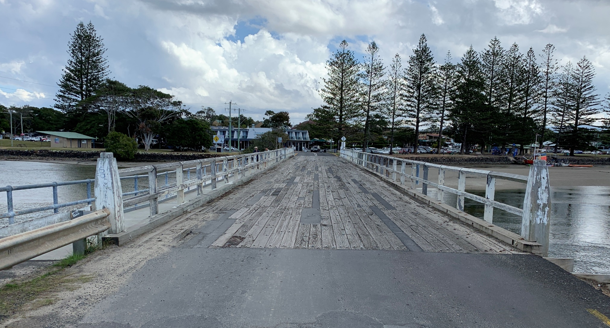
4. Acquiring Materials and Equipment
Once reached this phase of the timber bridge repair, it’s going to come down to logistics and procurement that suits you best when it comes to handling this step. You have your plan of attack for repairing the bridge, the next step is to acquire the materials and equipment needed to complete the repairs. This will include both raw materials and hardware along with potential other elements that some people don’t consider that may not be on your radar. For example, if you have manpower but no specialized construction or training, you may need to hire a company for project management depending on the size of the project or specialty subcontractors.
5. Making Repairs
Once you have acquired the necessary materials and equipment, the next step is to begin making repairs to the bridge. This process will vary depending on the type of damage that has been done, but it is important to follow your repair plan carefully to ensure that the repairs are made correctly. If there are repairs that are specialty or require specific applications of products for example our preferred tiber restoration and mass timber construction company is Timber Restoration Services. After all of the repairs have been made, it is important to complete them by sealing or staining the repaired areas. This will help to protect the repairs from further damage and will also give them a finished appearance.
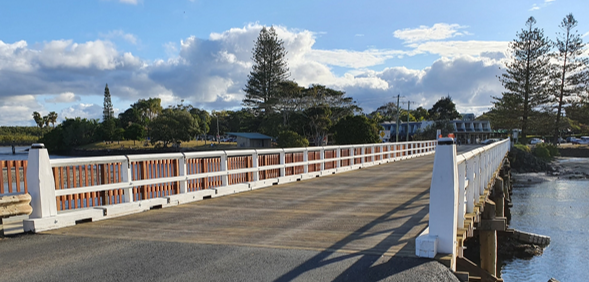
6. Checking and Testing Repairs
Following the completion of the repairs, it is important to check and test them to ensure that they are structurally sound. This can be done by putting weights, and reading equipment to record performance data on the repaired sections of the bridge or using other testing methods. If any problems are found during this process, additional work may need to be done to fix them. It is important that any testing or inspections be conducted by a certified inspector who understands timber bridges and how to properly inspect them. This will help to ensure the safety and performance of the structure. Once inspections and tests are completed, the timber bridge can be opened back up for use.
7. Maintaining Your Timber Bridge
Once you have completed all of the repairs, it is important to maintain the bridge regularly to prevent further damage from occurring. which means regular inspections yearly, Vonditate reports every 5 years, as well as comprehensive structural analysis, completed every 10 years. Completing these regular checks and steps will help you reduce costs as well, as reduces the time an asset is inaccessible or down.
Conclusion
In conclusion, repairing a timber bridge is an in-depth process that requires careful planning and attention to detail. Following this roadmap will ensure your success every time. With the right approach, timber bridges can serve us for generations. It is critical to have an engineer inspect the bridge regularly, and make sure all necessary repairs or restoration works are completed. Doing so will help you keep your timber bridge in top condition for years to come. The key is making sure you work with an experienced and trustworthy firm that provides a detailed analysis of their findings as well as repair recommendations. Keeping your timber bridge in good condition is essential for the safety of everyone who uses it, so make sure to take the necessary steps to ensure its structural integrity.


